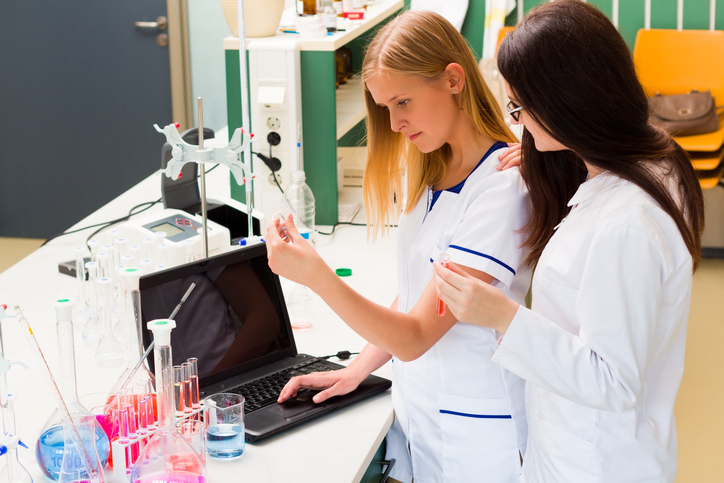
Businesses of many kinds—including some that deal with pharmaceuticals, food, the environment, and other areas—use high performance liquid chromatography to separate organic and inorganic compounds for analysis and research. This technique is relatively easy to use, and by mastering it, it’s possible to put yourself on the path to a variety of careers. These potential careers include working as a pharmaceutical laboratory technician, a quality control and assurance analyst, an HPLC analyst, and more.
Regardless of the industry, it’s important that HPLC work is completed in accordance with a validated method. This can help ensure that results align with the intention of the work and that no slip ups occur.
Want to learn more? Here are some points to consider about HPLC method validation.
High Performance Liquid Chromatography Method Validation Ensures Valid Information
The main purpose of HPLC method validation is to examine the methodology of the analysis you are performing and ensure that it works well with the goal of the experiment—be that quantifying compounds, purifying them, or any other intention.
To conduct effective HPLC method validation, it’s important that you define what characteristics of your method are going to be examined. Will you be looking at stability, range, accuracy, or another quality? Most professionals will design a validation procedure around the qualities that they will be looking at. For example, does the proposed method work to achieve the desired results? Then, they’ll get their validation procedure approved by a superior before implementing it in the lab.
Because method validation is so important, it’s an integral part of any HPLC certification program. By the time you graduate, you will have the skills you need to properly validate the HPLC analyses you perform, and thereby ensure that the work you do is achieving the results you desire.
HPLC Validation Lets You Analyze the Effects of Changes to Your Methodology
Occasionally, it may be necessary to make changes to the equipment or materials used in your HPLC work. Applying method validation techniques can allow you to compare the new procedure to the old, and ensure that the work you are doing holds up to the existing standards of your workplace.
It is considered good practice to perform this kind of revalidation after making any sort of significant change to an existing method. Re-verifying important qualities of the HPLC method—for example, the stability, range, and accuracy of the method—will help you determine whether your new process achieves acceptable results, or if further adjustment to the process will be required.
Revalidating a method follows the same essential steps as initial validation, so training in an HPLC program will be excellent preparation for completing this work. Keep in mind that the greater the change to a given method, the greater the need for extensive revalidation work to be performed. For large changes to a methodology, you may find yourself doing very detailed validation of many qualities of the process.

HPLC method validation can let you analyze the effect of different equipment on your results
High Performance Liquid Chromatography Method Validation Lets You Analyze Repeatability
Typically, it will be important that a particular method used in your HPLC work garners similar results each time that it is performed. This will ensure that results remain comparable with each other, which is important for analytic consistency.
As specific HPLC methods are sometimes used repeatedly for months, and even years, it’s important to use method validation to tailor your method so that you will get consistent, usable results for the duration. It’s worth noting that different kinds of HPLC work will require a different level of precision in the reproducibility. Enzyme testing, for example, should usually be precise to within 10 per cent difference between instances. For cell-based testing, it’s sometimes okay to be as imprecise as 50 per cent difference between instances.
Once you begin your career working with HPLC, it will be important to note what the tolerance will be for imprecision when working with a given method. With that knowledge, you will be able to use your HPLC training to run and adjust various methods, and monitor how the results fall within acceptable limits.

Method validation can help you establish consistency when using a method repeatedly
Do you want to start working with high performance liquid chromatography?
Visit AAPS to learn more about our program!



